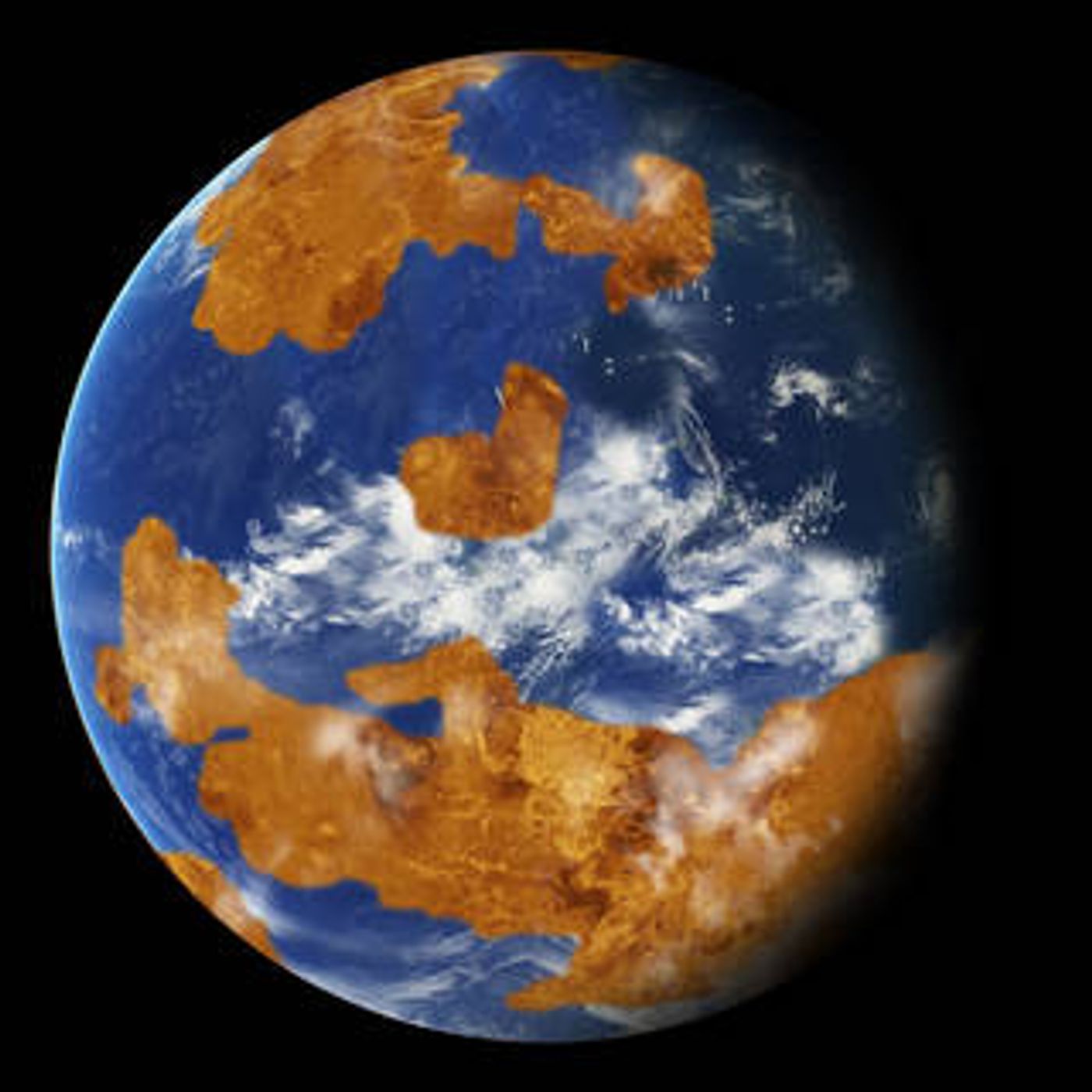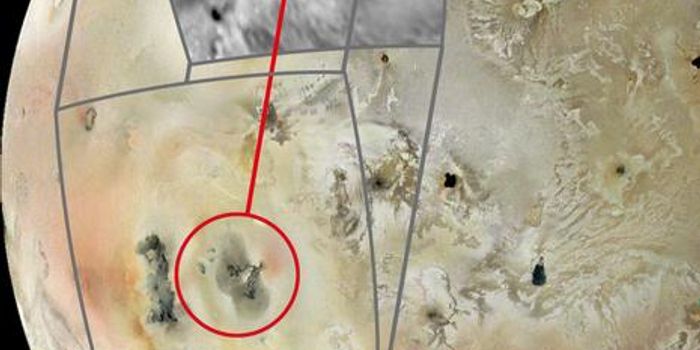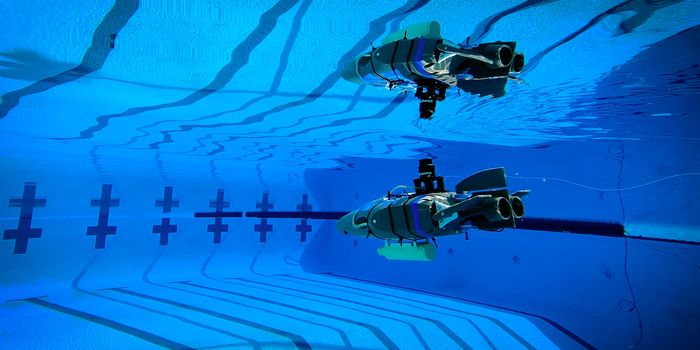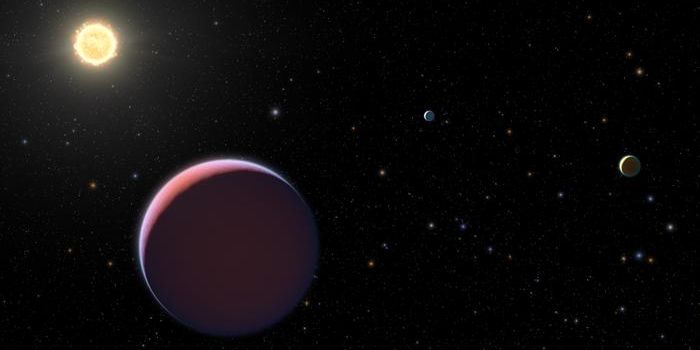Venus - The Deceptive Planet
Venus, the second planet from the Sun – The Deceptive Planet. Often known as the “morning star” and “evening star” due to its bright display at sunrise and sunset throughout the year, it’s hard not to be in awe of its beauty, especially when aweing at the incredible images of its gleaming atmosphere. However, looks can be decieving, and the surface of Venus displays a most hellish landscape with searing temperatures of 900˚F (475˚C) and an atmospheric pressure more than 90 times that of Earth. These temperatures are even hotter than the planet Mercury, which is closer to the Sun. These extreme conditions are attributed to a “runaway greenhouse effect”, with its thick clouds trapping the solar radiation that comes from the Sun.
But how did Venus become like this, and could it have been much different in the past? With its beautiful thick clouds, it was believed that Venus was a lush paradise full of oceans and life much like Earth, but spacecraft observations have revealed Venus for what it really is today, an inhospitable world incapable of supporting life as we know it.
Physical Characteristics and Geology
Despite its hellish landscape, Venus is often called Earth’s twin due to its similar size and density. As noted, its surface temperature and pressure are in stark contrast to our own, along with its toxic atmosphere that is inhospitable to life as we know it. Venus axial rotation also takes longer than it orbits the Sun, as one day on Venus is equal to 243 Earth days, while it takes 225 Earth days to orbit our Sun, making it the only planet in the solar system whose rotation period is longer than its orbital period. Along with its long rotation period, Venus also rotates backwards, having the Sun rise in the west and set in the east. This is similar to Uranus, although Uranus rotates on its side. The surface of Venus is currently hypothesized to be very young—geologically speaking—with estimates as young as 180 million years old.
Ancient Astronomers
Like most planetary objects, Venus has a rich mythology throughout human history, having long been an object of fascination for several cultures worldwide, to include Mesopotamia, ancient Greece and Rome, Christianity, and Islam, just to name a few. Due to Venus frequently disappearing due to its proximity to the Sun, the Mesopotamians believed Venus to be two entities instead of one. In Christianity, astronomical theories for dating the Star of Bethlehem often cite a possible conjunction between Jupiter and Venus as an explanation for this historic observation. Like the Mesopotamians, the ancient Egyptians believed Venus was two different bodies, as well, calling them Tioumoutiri, the morning star, and Ouaiti, the evening star. The current name Venus was eventually given by the ancient Romans after their sacred goddess, which eventually became the scientific name of the planet.
Past Missions to Venus
There has been a total of 43 missions launched to Venus, either for direct study or for spacecraft gravity assist en route to another planet, with a total of 26 performing successful science at the planet and another four deemed as partially or mostly successful. For context, this is a higher success rate than spacecraft missions to Mars.
The first successful mission to Venus was NASA’s Mariner 2, which also became the first successful mission to another planet and conducted a flyby of Venus on December 14, 1962. Mariner 2 made successful measurements of the surface temperature and pressure at 300˚-400˚F and 20 times greater than on Earth, respectively, although these are much lower measurements than what future spacecrafts would observe.
The former Soviet Union is the only nation to have successfully landed on the surface of Venus, sending back the first photos black and white and eventual first color images of the surface. Due to the extreme surface temperatures and pressures, some landers such as Venera 9 and 10 were only able to transmit data back to Earth for 53 and 65 minutes, while Venera 13 lasted 127 minutes on the surface.
Former Paradise?
Despite its current—and extreme—characteristics, the debate still rages about its past and whether or not it was once habitable like Earth, to include once having oceans like Earth. However, a 2021 study in Nature used three-dimensional global climate model simulations to suggest quite the opposite. In spite of this, and despite the extreme surface conditions, could life exist elsewhere on the planet?
Life in the Clouds
While the surface of Venus is a hellish and inhospitable landscape, the atmosphere has long been known to possess much milder, earthlike conditions in both temperature and pressure. In 2019, scientists hypothesized the possibility for potential biomarkers within the atmosphere of Venus. This study was based on much darker patches visible from spacecraft images, also known as “unknown absorbers”, and were hypothesized to be soaking up most of the ultraviolet and some visible light from the Sun, affecting Venus’ overall albedo (brightness) and climate. A later 2020 study in Science Advances proposed that Venus could be volcanically active today based changes in olivine at on spacecraft images and laboratory experiments. Active volcanism is one reason why life exists on Earth and could be the reason it might exist in the clouds of Venus.
Future Missions to Venus
With the recent studies regarding the potential for life in the atmosphere of Venus, three new missions have been approved to study the second planet from our Sun, two from NASA and one from the European Space Agency (ESA). The two NASA missions are DAVINCI+ and VERITAS, which will study the atmosphere and surface to determine past and present habitability, and DAVINCI+ will have a descent sphere that will literally plunge through the atmosphere and take the most precise measurements of this aspect of Venus. The ESA mission will be EnVision, and will be tasked to study the full planet from its deep inner core to the upper atmosphere. These missions hope to answer the longstanding questions of whether Venus was indeed habitable in the past, and more importantly, how it became the hellscape we see today.
What secrets does this mysterious world hide beneath its beautiful clouds? Was it always the hellscape as we see today, or was it once a lush paradise as previously hypothesized? Future missions will explore these possibilities, and this is why we science!
As always, keep doing science & keep looking up!
Sources: Space.com (1), NASA Solar System Exploration (1), Space.com (2), Smithsonian Magazine, Wikipedia (1), Understanding Planets in Ancient Mesopotamia, Space.com (3), NBC News, Wikipedia (2), NASA JPL, NASA (1), Smithsonian National Air and Space Museum, European Space Agency (1), NASA Solar System Exploration (2), NASA Solar System Exploration (3), NASA (2), Nature, AIP Proceedings, EarthSky, Science Advances, NASA (3), Space.com (4), European Space Agency (2)












